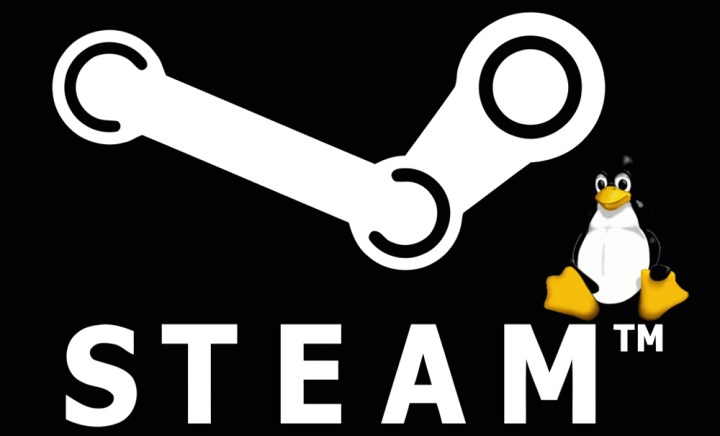
New adoption of a platform is always a bit of a “chicken or the egg” problem, where game companies won’t develop for Linux since there’s a distinct lack of video card drivers, but video card manufacturers won’t work on drivers, since there aren’t any games to be played. Steam spurred the whole process on though, by releasing a slew of its most successful games, notably the free-to-play Team Fortress 2. The Linux crowd is enthusiastic and eager to get software running on their systems, which led to more user-driven support and drivers for hardware to be ported over.

Today, there are over 1,100 Linux-compatible titles on the Steam Marketplace – among them are some of the most popular games on Steam, including entries in the Portal, Counter-Strike, and Borderlands series. This massive expansion of games that work on non-Windows platforms has even inspired Valve to create their own Linux distribution, SteamOS, with Big Picture as the main UI, and a standard desktop underneath for when you put down the controller for a keyboard and mouse.
We’ve seen several iterations of the Debian Wheezy-based SteamOS platform come and go since its announcement. Although it has limited hardware and game compatibility, you can download the beta to see the living room version of Steam and Big Picture in action, as well as run many of your favorite games. It’s been awhile since the announcement though, and some glaring issues have pushed hardware manufacturers prepping Steamboxes to install Windows on them and sell them anyway.

With SteamPlay for Linux finally hitting its stride, there’s a prime opportunity for Valve, and gamers, to get outside of the Microsoft ecosystem that’s kept gaming in its pocket for so many years. They may never totally escape, mostly due to the ingrained use of DirectX in big gaming companies, but smaller game companies, and developers who rely on Source for their engine, already have an easy time porting over to the Linux.
Valve has repeatedly shown that it listens to its users, and responds quickly to their support (or lack thereof) for an idea. In this case, the demand has been for continued expansion of the Linux offerings on Steam, and developers have heeded the call. We hope they’ll continue to do so.
Editors' Recommendations
- I turned my Steam Deck into the ultimate cross-platform gaming machine
- The Ayaneo Next Lite is the first Steam Deck rival to feature SteamOS
- After using the Legion Go, I’m finally thankful for my Steam Deck
- Happy birthday, Steam Deck: console and PC gamers debate its first year
- If you’re on the Steam Deck waitlist, you’re getting one this year


